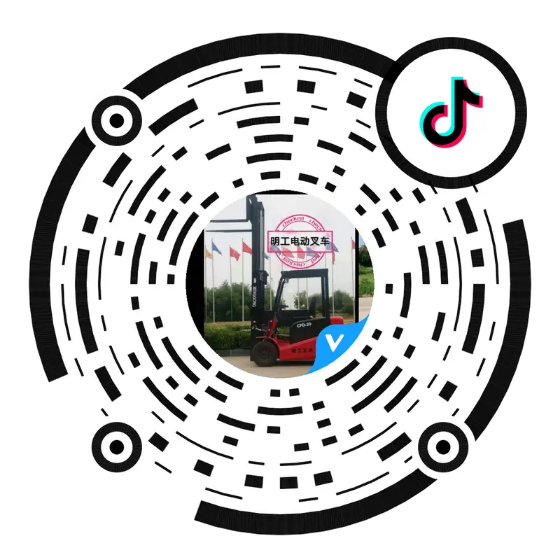The selection of the engine suitable for the full hydraulic mixer is a comprehensive consideration of many factors. Here are some key steps and suggestions to help you make the right choice:
1. Identify job requirements
Drum capacity: Determine your drum capacity (such as 2 cubic meters, 3 cubic meters, etc.), the larger the capacity, the higher the engine power required.
Concrete Type: Understand the type of concrete you will be dealing with (e.g., dry rigidity, plasticity, fluidity), different types of concrete have different mixing power requirements.
Work environment: Assess your work environment, including terrain conditions (flat, rugged, hillside, etc.), road conditions (paved, unpaved, narrow, etc.), and climate conditions (hot, cold, rain, snow, etc.).
2. Consider vehicle load and driving requirements
Large load: Calculate the large load of the vehicle (including the weight of the concrete and other accessories in the mixing cylinder) to ensure that the engine has enough power to drive the vehicle.
Travel speed and distance: Determine the vehicle's high travel speed and long transport distance, long distance and high speed travel require higher engine power.
3. Assess hydraulic system requirements
Hydraulic system power: Understand the power requirements of the hydraulic system, including mixing system, loading system, unloading system, etc. Ensure that the engine can provide sufficient hydraulic power.
Multifunctional accessories: If you plan to use multifunctional accessories (such as crushing hammers, grab buckets, etc.), these accessories will also increase the power requirements of the hydraulic system.
4. Consider fuel economy and emissions standards
Fuel economy: Choosing an engine with good fuel economy can reduce operating costs. View fuel consumption and efficiency data for your engine.
Emission standards: Ensure that the engine complies with local emission standards (e.g., National 6 standard). Choosing engines that meet the new emissions standards can help reduce environmental pollution and avoid fines.
5. Evaluate engine performance and reliability
Engine brands and models: Choose engines from well-known brands, such as Weichai, Yuchai, Yunnei, etc., which usually have higher quality and reliability.
Engine Performance parameters: Check your engine's power, torque, speed and other performance parameters to make sure they meet your needs.
Maintenance and support: Understand the maintenance requirements and service network of the engine, and choose brands and models with good after-sales service.
6. Consider costs and budget
Cost of purchase: Compare engine prices of different brands and models to ensure that you choose the right engine within your budget.
Long-term operating costs: Consider the fuel consumption, maintenance costs and service life of the engine, and choose a cost-effective engine. |
 Mobile terminal
Mobile terminal Small program
Small program Douyin
Douyin Deft hand
Deft hand Mobile terminal
Mobile terminal Small program
Small program Douyin
Douyin Deft hand
Deft hand